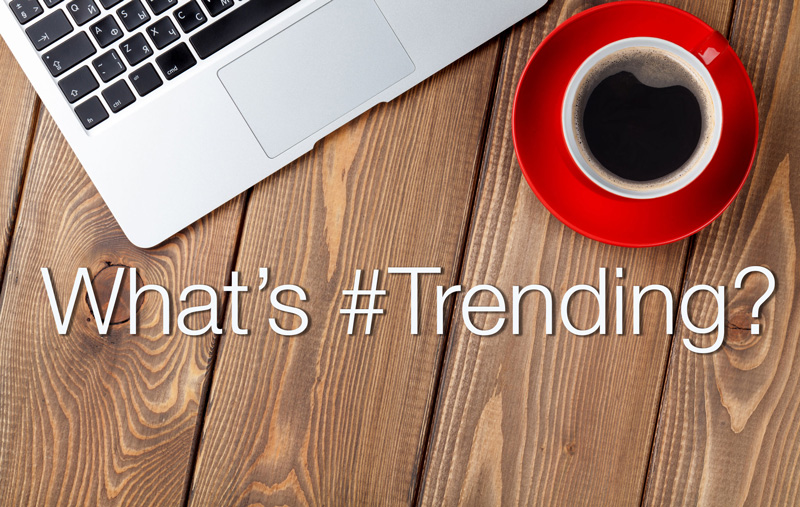I know we all like to see what’s the best new trend in just about any market. We all want the latest in gadgetry, social media, clothes, and more. However, should this spill over into graphic/web design?
Wait! Don’t click away, yet. Let me explain.
In talking with other designers and creatives, in general, we’ve all found that potential clients sometimes want to know what’s the latest trend for their product. Presumably, this is so they can appeal to a younger audience, which is good logic. However, trends shouldn’t always be the determining factor in a business decision.
At WMS, we tend to look at trending designs in this way: Does it fit for you? A construction company doesn’t necessarily want their website to look overly artsy, so they don’t want something that looks more like a photographer’s portfolio (like this). A company providing a necessary service (like a medical institute, fire department, etc.) will need their site navigation to be easily found, thus the trend of making the menu blend with the rest of the site won’t help them.
Let’s look at this in other aspects, shall we? Another thing we’ve recently seen a lot of companies change is their logo and/or branding. Here, too, what’s trendy shouldn’t be the crux of your decision for this change. Example: a law firm doesn’t necessarily need the bright colored gradient in their identity (think of the Instagram branding for that visual). On the flip side, a beauty salon doesn’t want to look too dressed down or overly serious (like, say, the Chase Bank logo or the logotypes often used by law firms).
In reality, a design/media company should suggest designs that benefit your business. Someone should be able to look at your website or printed material and say, “Yes, this has [business name] written all over it.” If there’s too much of a disconnect between what you do and how you present your business, then people might look for alternatives.
So, what was this all about? In short, it’s just a reminder. We just wanted to remind you that trends come and go, especially website design trends. What’s considered trendy one day will be old hat the next. So when you’re looking to refresh your business’ look (whether online or via print), take trends into account, if you like, but focus on getting a good design that fits your identity.


